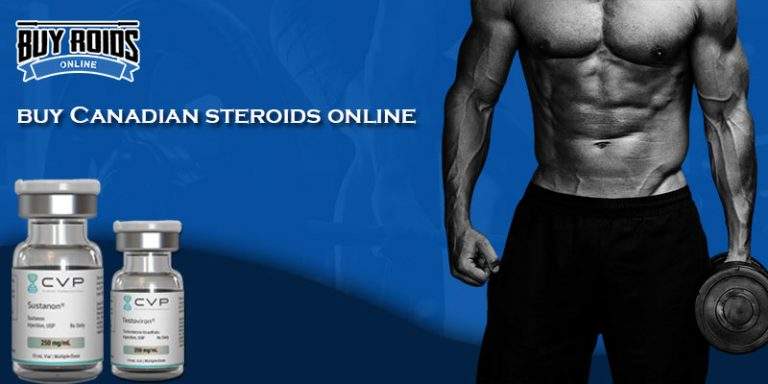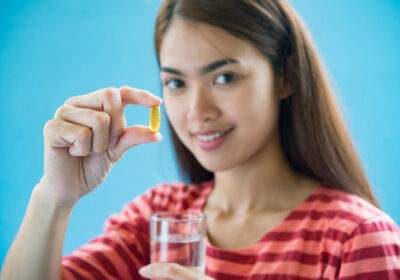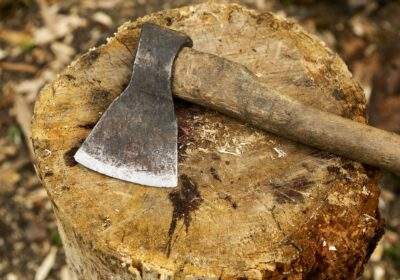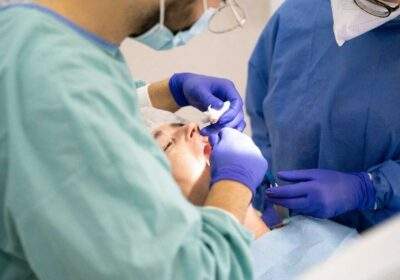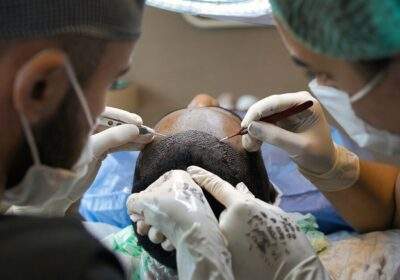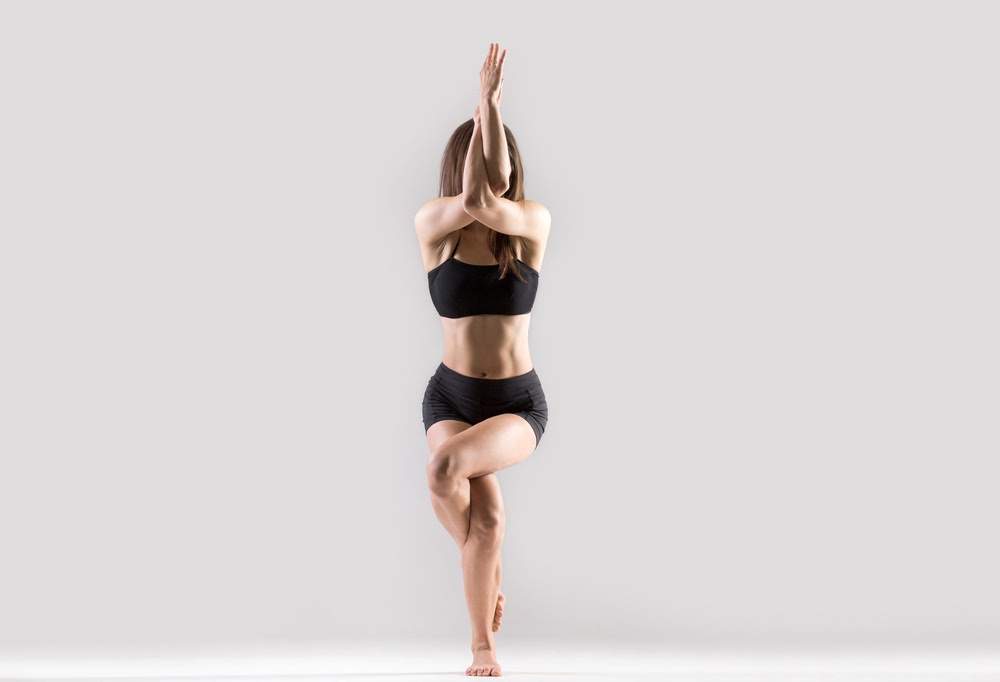
The Top 15 Hot Yoga Poses
Hot yoga is a kind of yoga in which the activity is conducted in hot and humid temperatures, resulting in significant perspiration. Hot yoga has several advantages for both the mind and the body. It may help you burn calories, increase bone density, enhance cardiovascular fitness, and increase flexibility. It may also aid in the treatment of depression and stress.
It is preferable that you do hot yoga with caution, or with a guidance of a yoga instructor. If you want to try hot yoga to level up your physical or live yoga classes, you can start with the basic 15 hot yoga poses:
The Basic 15 Hot Yoga Poses
1. Standing Deep Breathing Pose
Each Hot Yoga course begins with this posture, also known as Parayma. You inhale in warm air to warm up your body from within, you replenish your blood with plenty of oxygen, you relax your neck and shoulders, and you’re taken aback by the strange sound of your breathing filling the room. This stance is beneficial for bronchitis, emphysema, and difficulty breathing treatment.
2. Half Moon Pose
This position, also known as Ardha-Chandrasana, develops spine flexibility from the pelvis to the neck, supports correct kidney function, and aids in the treatment of liver and spleen development. The waistline, hips, belly, buttocks, and thighs are all firmer and trimmer with Half Moon. To do this, place your toes and heels together, arms above your head, and bend to the right, left, backward, and forwards, warming up your spine.
3. Hands to Feet Pose
Pada-Hasthasana, or Hands to Feet Pose, extends the spine and improves flexibility. Both positions tighten and shape the lower body, which is home to numerous problem areas, particularly in women. Hands to Feet Pose strengthens the muscles, ligaments, and ligaments of the legs while also improving circulation.
4. Awkward Pose
Utkatasana, or leg-toning position, strengthens and shapes your legs. It treats cold feet that have been infected for a long time. It also aids in the treatment of rheumatism and arthritis in the legs, as well as slipped discs and other lower back issues. This is laying the groundwork for your foundation; three distinct exercises are performed, three separate muscle groups are developed, and your feet and, most importantly, your toes can move freely without the need for shoes.
5. Eagle Pose
This position also referred to as Garurasana, is the sole position that opens up all 14 of the skeletal system’s biggest joints. This position not only improves flexibility in the hips, knees, ankles, and other joints, but it also provides new blood to the reproductive organs and genitals, as well as the kidneys, increasing sexual vigor and helping to clean up reproductive issues.
To achieve this, expand your arms, release all major joints, and bring your right arm beneath your left arm. You compress your arms and legs to make pure pressure spots on the skin, the blood begins to circulate, and your lymphatic system is massaged.
6. Standing Head to Knee Pose
This position, commonly known as Dandayamana-Janushirasana, stimulates the hamstrings and leg muscles while improving sciatic nerve flexibility. It effectively works the back muscles, as well as the biceps and triceps. It aids in the squeezing and flushing of the abdominal organs.
The hot temperature extends the tendons and the back of your knee opens up, allowing the fluid in the joint to reach the whole cartilage, nourishing and rebuilding it.
7. Standing Bow Pose
Commonly known as Dandayamana-Dhanurasana, this yoga practice promotes endurance, determination, and focus. Standing Bow transports blood through one side of the body to the other and back. It improves balance, expands the rib cage’s length and flexibility, and tightens the abdomen and upper thighs.
It increases the lower spine’s flexibility and strength. To do this position, stand on one leg and shift your spine sideways, moving your inner organs across left to right and back again.
8. Balancing Stick Pose
This posture, also known as Tuladandasana, improves focus. The forward bend of your body pumps fast blood into the heart, particularly the neglected area, cleansing out the veins and arteries and boosting the heart muscle. The same revitalizing stream surges into the brain.
You may hold this posture for 10 to 20 seconds by forming a table as straight as possible and positioning the heart underneath the other organs, causing the pulse to enter the aerobic zone.
9. Standing Separate Leg Stretching Pose
Dandayamana-Bibhaktapada-Paschimotthanasana is another name for this position. This position is sciatica’s treatment since it extends and strengthens the weak squashed and shrivel sciatic nerves and also all the muscles in the legs. It also massages the internal abdominal organs, as well as the small and large intestines, and increases flexibility in the hips, ankle, hip joints, and, most notably, the final five bones of the spine.
10. Triangle Pose
This posture, also known as Trikanasana, strengthens and rejuvenates every bone, muscle, joint, tendon, and internal organ, as well as nerves, veins, and tissues. Tensing and developing the last five vertebrae in this position may help with scoliosis, rheumatism, and lower back discomfort. Triangle Pose is also beneficial to the heart and lungs because it forces them to operate together.
11. Standing Separate Leg Head to Knee Pose
This position, also known as Dandayamana-Bibhaktapada-Janushirasana, stimulates and presses the thyroid gland, which aids in metabolism and immune system regulation. This also lifts the belly, chest, hips, glutes, and thighs.
It’s a bit unsettling to curve your spine, pinching your neck in this posture to press out the fluids of the 5 main glands that govern your hormones, fat metabolism, and immune system. When you release go, blood flows back into these issues to ensure they resume normal function.
12. Tree Pose
Tree pose, also known as Tadasana, promotes posture and balance while increasing flexibility in the ankles, knees, and hip joints. It prevents hernias by improving the internal oblique muscles. This stance allows us to expand our knee bones sideways. Your heart rate is decreasing as preparation for the floor session.
13. Toe Stand
This position, also known as Padangustasana, aids in the development of mental power. The further you practice yoga, the quicker you will be able to curve your knee further to sit on your heel. When you could sit down, you realize your knees are in good shape. Toe Stand enhances the knees and is beneficial for rheumatoid arthritis of the knees, ankles, and feet. It also helps to free up the knee and hip joints and heal hemorrhoids.
14. Dead Body Pose
This position, also known as savasana, promotes forceful blood flow before allowing circulation to stabilize, resulting in internal cleaning and considerably amplifying the effects of the poses that come before it. The Dead Body Pose teaches people how to relax.
To perform this posture, you must maintain your eyes open, without moving, since you want to allow your body to cure itself on the inside. Then just lay down on a mat or a soft surface. The heartbeat is comparable to mild running, the heat widens your blood vessels, and enough oxygen may get even the final cell in your body to ensure that the next cycle of cells is appropriate.
15. Cobra Pose
This position, also known as Bhujangasana, assists the liver and spleen operate better. This improves the lumber spine, alleviating discomfort and preventing slipping or herniated discs, scoliosis, and arthritis in that area Other significant advantages include better digestion, alleviation from menstruation issues, increased appetite, and increased blood pressure.
To do this posture, remember to maintain your buttocks firm throughout the postures since this is where this muscle is attached. In cobra posture, you primarily tighten your lower back.









